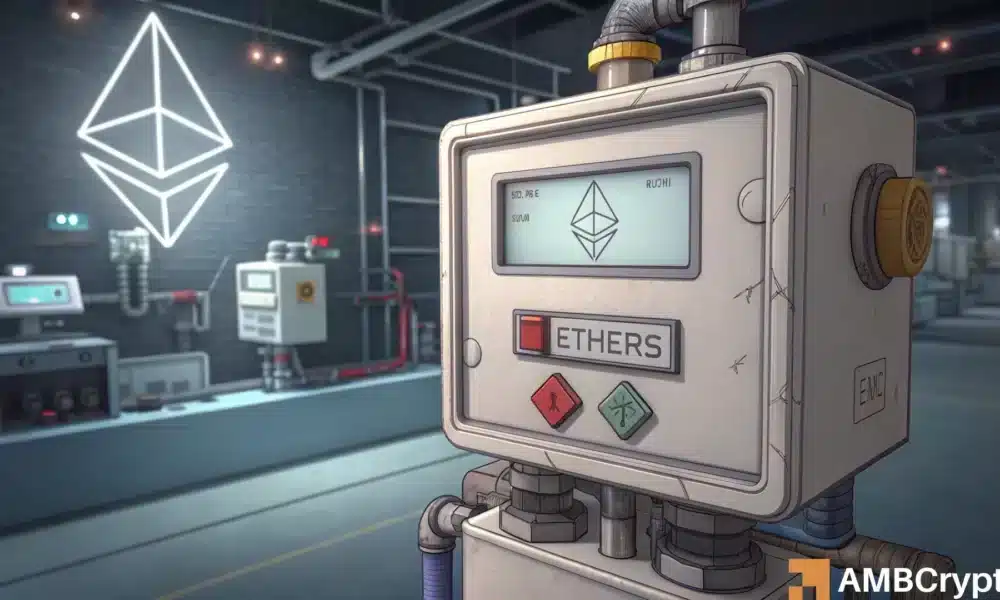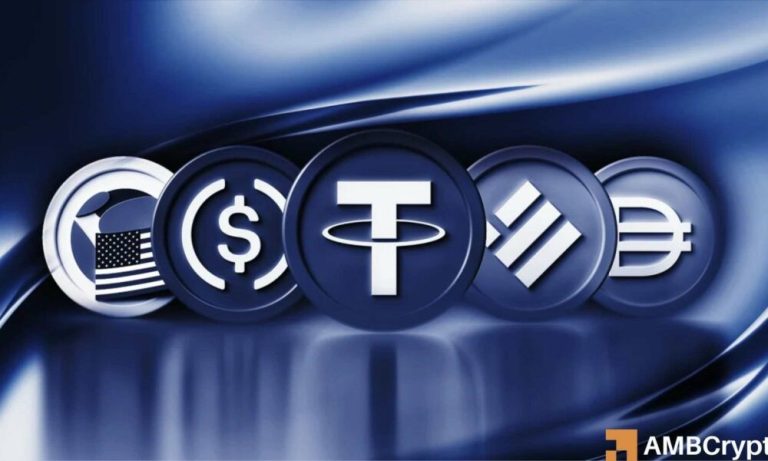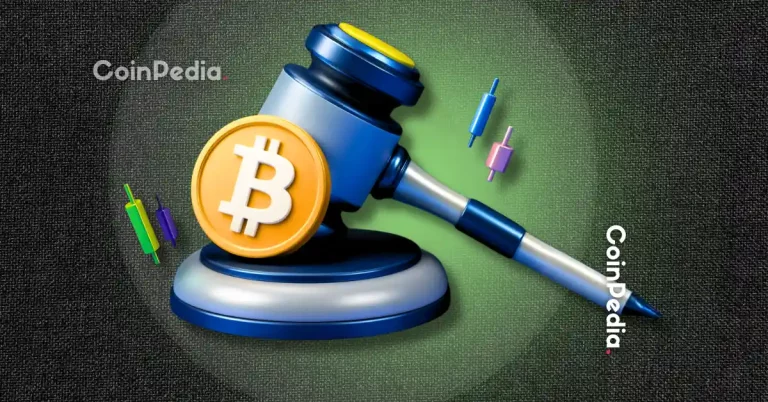
Ethereum Gas Fees Plummet to Record Lows
Ethereum [ETH], the second-largest cryptocurrency, has recently seen its gas fees hit a yearly low of just 0.067 Gwei. While this reduction in fees might seem like a bearish signal, especially with network activity slowing down, the bigger picture suggests otherwise. $84.9 billion in new stablecoins have been added to Ethereum in the past 12 months—more than all other blockchains combined.
What Do Low Gas Fees Mean for Traders?
Low gas fees create a favorable environment for traders, especially for cost-sensitive transactions like arbitrage and stablecoin transfers. With minimal friction and cheaper transactions, Ethereum’s reduced gas costs allow for efficient scaling of activities. This is great news for crypto enthusiasts who want to manage affordable and flexible transactions.
However, the story is different for Ethereum as a network. Lower transaction fees lead to decreased revenue, potentially jeopardizing the blockchain’s economic model if on-chain activity doesn’t pick up.
Stablecoin Dominance on Ethereum
Despite the dip in network usage, Ethereum remains the dominant hub for liquidity. Over the last year, it has added $84.9 billion in stablecoins, dwarfing the $48 billion brought in by other blockchains in the same time frame. This continued inflow highlights Ethereum’s powerhouse position in the Web3 ecosystem, even amid temporary slowdowns.
Whale Activity Suggests Growing Confidence
Large Ethereum holders—or whales—are showing growing confidence in the asset’s bullish future. Notable moves include Machi, who leveraged a 25x long to hold 5,600 ETH worth $20 million, and the “Anti-CZ Whale,” who switched from shorting ETH to holding 32,802 ETH ($119.6 million). These actions reflect optimism among major players that Ethereum is poised for a potential breakout.
What Do the Charts Say?
At the time of writing, Ethereum’s price has rebounded above $3,600. Technical indicators like the Relative Strength Index (RSI) have recovered from oversold levels, and the Moving Average Convergence Divergence (MACD) hints at a bullish crossover. Combined, these factors lend weight to predictions of a short-term upward breakout for Ethereum.
Maximizing Ethereum Opportunities
If you’re preparing to take advantage of Ethereum’s current favorable conditions, consider keeping your wallets optimized for efficient management. For example, MetaMask, a popular crypto wallet, enables seamless interaction with the Ethereum network. It supports trading, sending, and storing stablecoins and is perfect for tracking gas fees during sudden price shifts.
Explore these opportunities, but as always, ensure to do your own research before making any investment decisions.
Conclusion
While Ethereum’s low gas fees might seem like a weak point, they offer traders and developers an excellent window for affordable activity. The influx of stablecoins and the confidence shown by whales highlight that Ethereum continues to dominate. Whether you’re a trader capitalizing on low fees or an investor eyeing potential breakouts, Ethereum remains one to watch in the crypto space.



